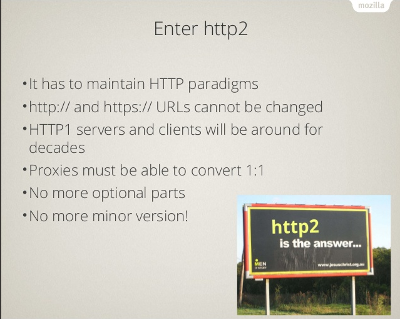Okay, there’s no point in denying this fact: SFTP transfers in curl and libcurl are much slower than if you just do them with your ordinary OpenSSH sftp command line tool or similar. The difference in performance can even be quite drastic.
Why is this so and what can we do about it? And by “we” I fully get that you dear reader think that I or someone else already deeply involved in the curl project should do it.
Background
I once blogged a lengthy post on how I modified libssh2 to do SFTP transfers much faster. curl itself uses libssh2 to do SFTP so there’s at least a good start. The problem is only that the speedup we did in libssh2 was because of SFTP’s funny protocol design so we had to:
- send off requests for a (large) set of data blocks at once, each block being N kilobytes big
- using a several hundred kilobytes big buffer (when downloading the received data would be stored in the big buffer)
- then return as soon as there’s one block (or more) that has returned from the server with data
- over time and in a loop, there are then blocks constantly in transit and a number of blocks always returning. By sending enough outgoing requests in the “outgoing pipe”, the “incoming pipe” and CPU can be kept fairly busy.
- never wait until the entire receive buffer is complete before we go on, but instead use a sliding buffer so that we avoid “halting points” in the transfer
This is more or less what the sftp tool does. We’ve also done experiments with using libssh2 directly and then we can reach quite decent transfer speeds.
libcurl
The libcurl transfer core is basically the same no matter which protocol that is being transferred. For a normal download this is what it does:
- waits for data to become available
- read as much data as possible into a 16KB buffer
- send the data to the application
- goto 1
So, there are two problems with this approach when it comes to the SFTP problems as described above.
The first one is that a 16KB buffer is very small in SFTP terms and immediately becomes a bottle neck in itself. In several of my experiments I could see how a buffer of 128, 256 or even 512 kilobytes would be needed to get high bandwidth high latency transfers to really fly.
The second being that with a fixed buffer it will come to a point every 16KB byte where it needs to wait for that specific response to come back before it can continue and ask for the next 16KB of data. That “sync point” is really not helping performance either – especially not when it happens so often as every 16KB.
A solution?
For someone who just wants a quick-fix and who builds their own libcurl, rebuild with CURL_MAX_WRITE_SIZE set to 256000 or something like that and you’ll get a notable boost. But that’s neither a nice nor clean fix.
A proper fix should first of all only be applied for SFTP transfers, thus deciding at run-time if it is necessary or not. Then it should dynamically provide a larger buffer and thirdly, for upload it should probably make the buffer “sliding” as in the libssh2 example code sftp_write_sliding.c.
This is also already mentioned in the TODO document as “Modified buffer size approach“.
There’s clearly room for someone to step forward and help us improve in this area. Welcome!



